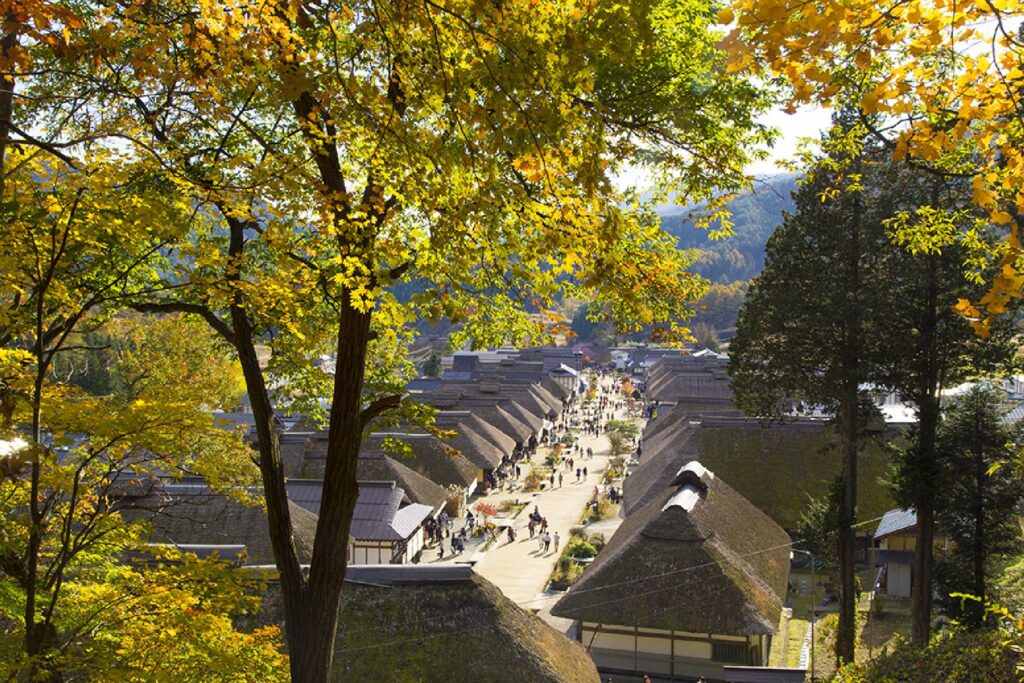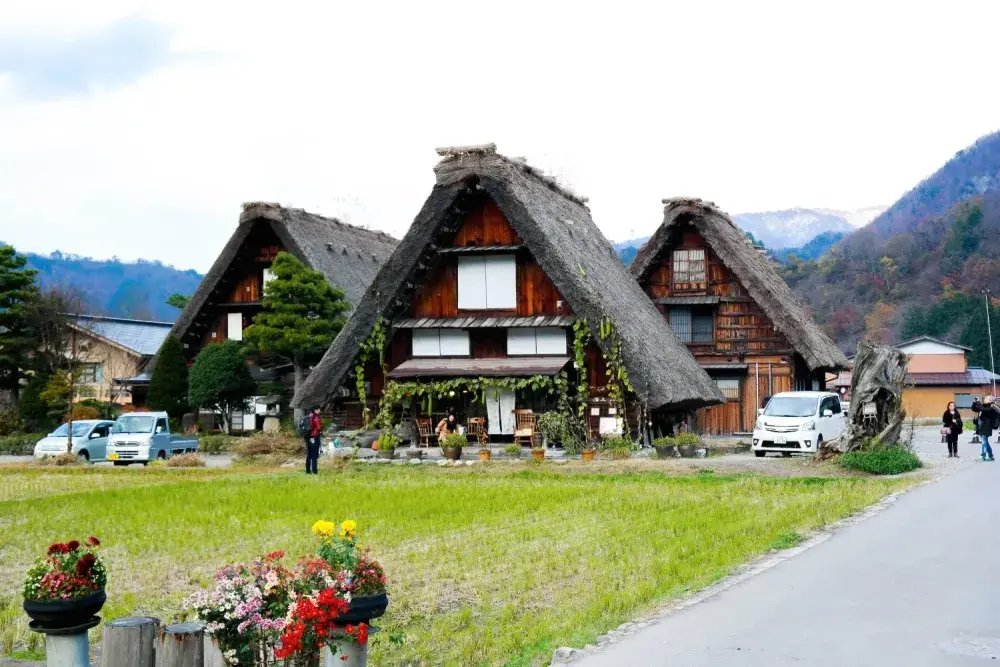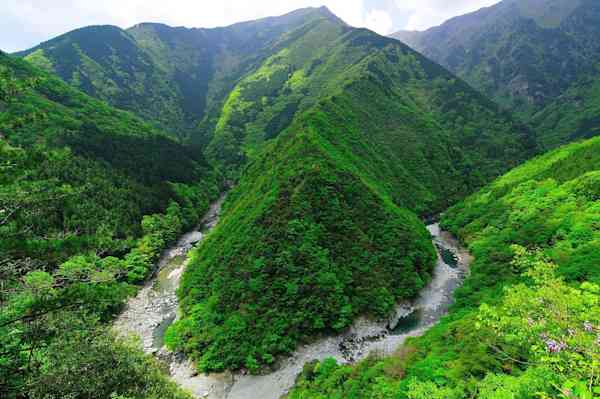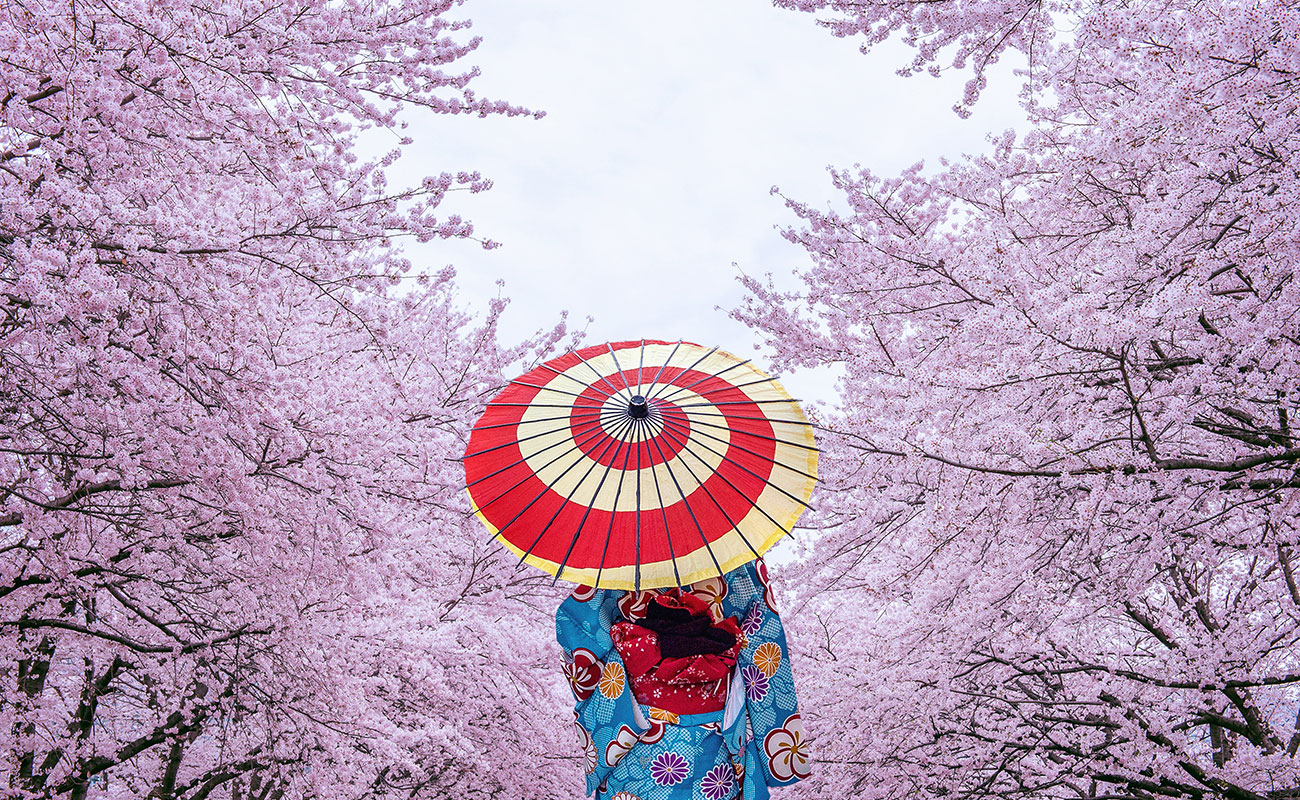In 2025, travelers are turning away from Japan’s neon-lit cities and flocking to its hidden villages-rural enclaves where centuries-old traditions, breathtaking landscapes, and authentic cultural encounters await. These villages, often overlooked in favor of Tokyo or Kyoto, are emerging as the country’s must-visit destinations for those seeking a deeper, more meaningful experience of Japan.
Authentic Cultural Immersion
Japan’s hidden villages offer an unparalleled opportunity to step back in time. Visitors can wander streets lined with thatched-roof houses, participate in seasonal festivals, and witness customs preserved for generations.
Unlike urban centers, these communities provide a window into traditional Japanese life, from local crafts and cuisine to folk tales and rituals that remain largely unchanged.
- Ouchi-juku in Fukushima Prefecture, for example, is famed for its Edo-period architecture and snowy winter scenes, allowing travelers to experience a living piece of history.
- Tsumago in the Kiso Valley is another beautifully preserved post town, where traffic-free streets and wooden inns create an atmosphere reminiscent of Japan’s feudal era.

Stunning Natural Scenery
Nestled in mountains, valleys, and forests, these villages are surrounded by some of Japan’s most spectacular landscapes. Whether it’s the snow-blanketed rooftops of Shirakawa-go, a UNESCO World Heritage site or the lush trails connecting Tsumago and Magome, the natural beauty is both tranquil and dramatic.

Many villages offer hiking, onsen (hot springs), and seasonal vistas that change with cherry blossoms in spring or fiery foliage in autumn.
Unique Experiences and Local Hospitality
Staying in a hidden village means more than sightseeing; it’s about connection. Travelers can sleep in traditional ryokan inns, enjoy regional delicacies, and join in local festivals like the spirited Awa Odori dance in Tokushima.
Encounters with villagers-many of whom are eager to share their heritage-make for memorable, often heartwarming exchanges.
- At Koya-san, visitors can stay in temple lodgings, participate in morning meditation, and sample Buddhist vegetarian cuisine, offering a rare glimpse into monastic life.
- In Iya Valley or Naoshima Island, guests can explore folklore, art, and rural legends, far from the crowds.

Supporting Preservation and Sustainability
Choosing to visit these villages helps sustain local economies and supports efforts to preserve Japan’s cultural and architectural heritage. As rural populations decline, tourism provides vital income, ensuring that traditional crafts, festivals, and ways of life are passed down to future generations.
Why 2025 Is the Year to Go
With new attractions opening-such as the ninja-themed village near Mt. Fuji and the “Little Edo” market in Kofu City-and continued investment in rural tourism, 2025 is shaping up as the perfect time to explore these hidden gems.
As global travelers seek slower, more sustainable journeys, Japan’s villages offer exactly that: authenticity, serenity, and a chance to rediscover the heart of the country.














